Berkeley Lab and several collaborating institutions have successfully demonstrated a machine-learning technique to accelerate discovery of materials for film capacitors — crucial components in electrification and renewable energy technologies.
Tag: Polymers
To make fluid flow in one direction down a pipe, it helps to be a shark
Researchers have discovered a new way to help liquid flow in only one direction, but without using the flaps that engines and our circulatory system rely upon to prevent fluid backup.
Drug delivery via textile fibers
Medical products such as ointments or syringes reach their limits when it comes to delivering medication locally – and above all in a controlled manner over a longer period of time. Empa researchers are therefore developing polymer fibers that can deliver active ingredients precisely over the long term. These “liquid core fibers” contain drugs inside and can be processed into medical textiles.
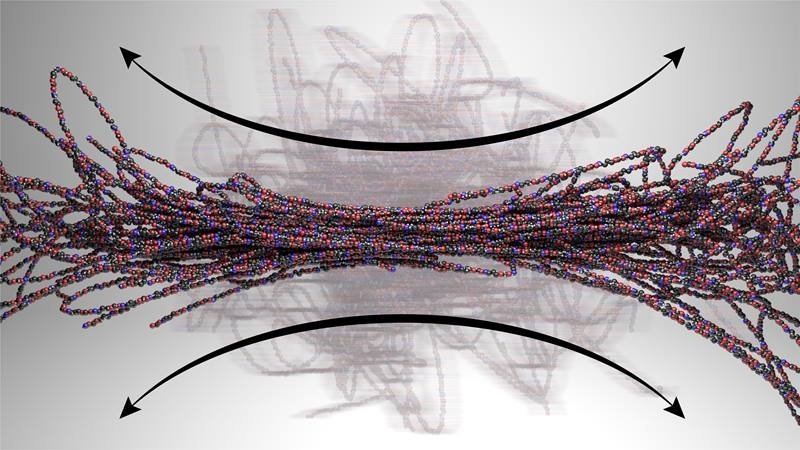
Modeling Polymers for Next-Generation Manufacturing and Sustainability
Polymers experience changing conditions during manufacturing, which can affect their final properties and performance. The way they react to manufacturing forces can be extremely complex and hard to measure. Researchers combined theory and modeling to characterize melted polymers under steady flow and revealed universal features that can inform the design of advanced materials for manufacturing.
Argonne summer school gives underrepresented students a hands-on introduction to physical science
Through working on foams, emulsions and gels, students learn the fundamentals of materials science, physics and chemistry in a new summer school at Argonne National Laboratory.
Mix it, test it, create it: NSF funds automated polymer research instrument at the Beckman Institute
University of Illinois researchers received NSF funding to acquire a fully automated polymer analysis instrument to be housed at the Beckman Institute.
Two in one: FSU researchers develop polymer that can be adapted to high and low temperature extremes
Researchers at FAMU-FSU College of Engineering have developed two closely related polymers that respond differently to high and low temperature thresholds, despite their similar design.
How Scientists Are Accelerating Next-Gen Microelectronics
In a new Q&A, microelectronics expert and CHiPPS Director Ricardo Ruiz shares his perspective on keeping pace with Moore’s Law in the decades to come through a revolutionary technique called extreme ultraviolet lithography.

Advincula Receives Netzsch NATAS Fellows Award
Rigoberto Advincula, a renowned scientist at the Department of Energy’s Oak Ridge National Laboratory and professor of Chemical and Biomolecular Engineering at the University of Tennessee, has won the Netzsch North American Thermal Analysis Society (NATAS) Fellows Award for 2023.
Attention! Here comes a charge
Solar cells are considered to be an environmentally friendly source of power generation that can effectively reduce the impact of pollution on the environment.

ORNL inventor Tomonori Saito honored at Battelle Celebration of Solvers
Tomonori Saito, a distinguished innovator in the field of polymer science and senior R&D staff member at the Department of Energy’s Oak Ridge National Laboratory, was honored on May 11 in Columbus, Ohio, at Battelle’s Celebration of Solvers.
Toward a safer ‘artificial muscle’ material
Some polymers can expand and contract — acting like artificial muscles — but only when stimulated by high voltages. Researchers in ACS Applied Materials & Interfaces report a series of thin, elastic films that respond to lower electrical charges, representing a step toward artificial muscles.
What can we do about all the plastic waste?
The Institute for the Cooperative Upcycling of Plastics (iCOUP) is helping to address the plastic waste accumulation problem by developing the science needed to turn used plastic into valuable materials.
Solar industry feeling the heat over disposal of 80 million panels
Renewable energy experts have come up with an environmentally-friendly plan to dispose of solar panels at the end of their life.
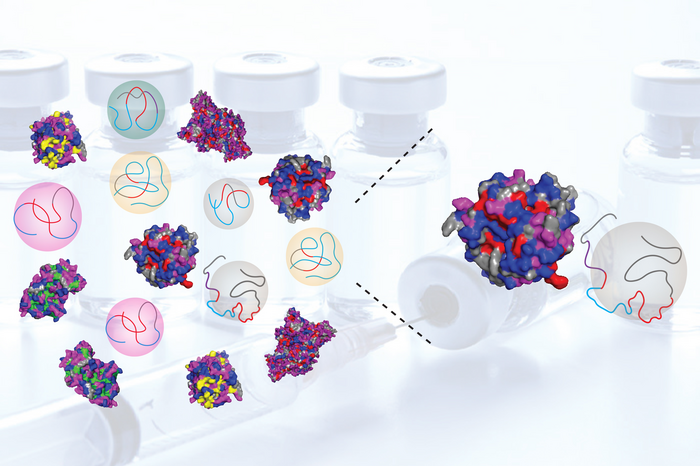
Can synthetic polymers replace the body’s natural proteins?
Most life on Earth is based on polymers of 20 amino acids that have evolved into hundreds of thousands of different, highly specialized proteins. They catalyze reactions, form backbone and muscle and even generate movement.
New machine-learning simulations reduce energy need for mask fabrics, other materials
A new computational effort between Argonne and 3M promises to reduce energy consumption without sacrificing material quality in the production of nonwoven plastics, commonly used in surgical masks.
Print, Recycle, Repeat: Scientists Demonstrate a Biodegradable Printed Circuit
Scientists have developed a fully recyclable and biodegradable printed circuit. The advance could divert wearable devices and other flexible electronics from landfill, and mitigate the health and environmental hazards posed by heavy metal waste.
Closed-loop additive manufacturing fueled by upcycled plastic
Researchers at the Department of Energy’s Oak Ridge National Laboratory have developed an upcycling approach that adds value to discarded plastics for reuse in additive manufacturing, or 3D printing. The readily adoptable, scalable method introduces a closed-loop strategy that could globally reduce plastic waste and cut carbon emissions tied to plastic production.
Story tips: Tailor-made molecules, better battery electrolytes, beyond Moore’s Law and improving climate model accuracy
ORNL Story tips: Tailor-made molecules, better battery electrolytes, beyond Moore’s Law and improving climate model accuracy
A good defect? Researchers discover helicoidal screw dislocations in layered polymers
Dr. Edwin L. Thomas, professor in the Department of Materials Science and Engineering, and a team of researchers from Texas A&M University and Yonsei University recently discovered a helicoidal-shaped defect in layered polymers, uncovering how solvents can diffuse through layers and produce color changes.
High-energy shape memory polymer could someday help robots flex their muscles
Researchers reporting in ACS Central Science have developed a shape memory polymer that stores almost six times more energy than previous versions.
A ‘HAT TRICK’ OF HONORS FOR ARTHI JAYARAMAN
Arthi Jayaraman leads a computational materials research lab as a professor of chemical and biomolecular engineering and materials science at UD. She has recently been honored by professional societies in three different disciplines, recognizing her work and its value in the fields of physics, chemistry and engineering.
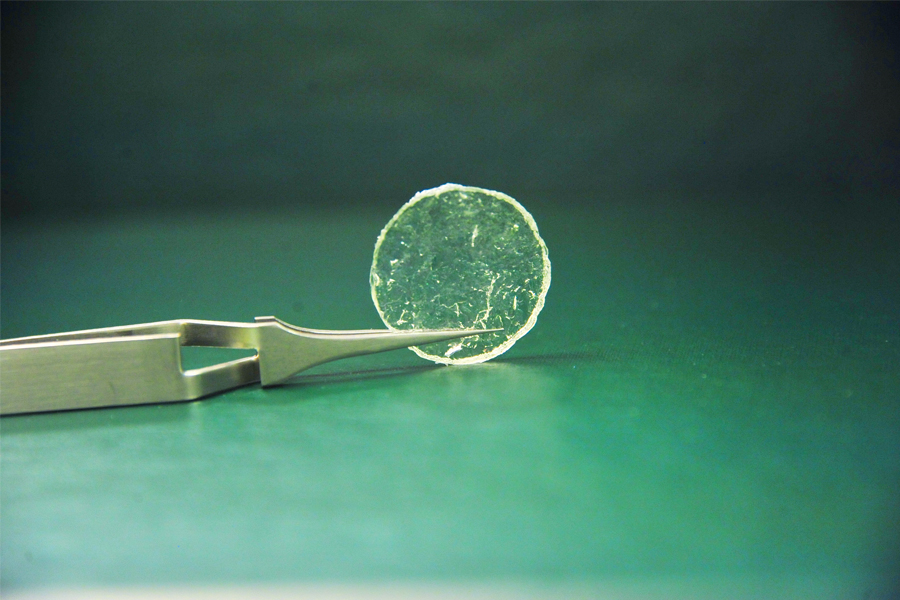
FSU reseachers develop new model of flow properties for class of polymers
Florida State University researchers are helping to write the “cookbook” describing the properties of vitrimers, a promising material that combines the benefits of different types of polymers.
Editors of MIT Technology Review name Argonne’s Jie Xu as a 2021 Innovator Under 35
The editors of MIT Technology Review have chosen Argonne’s Jie Xu as an Innovator Under 35 for 2021. She is one of only 35 innovators under the age of 35 named to this list. She is being recognized for her research on printable skin-like electronics.
Polymers in Meteorites Provide Clues to Early Solar System
Meteorites that do not experience high temperatures at any point in their existence provide a good record of complex chemistry present when or before our solar system was formed. So researchers have examined individual amino acids in these meteorites, many of which are not in present-day organisms. In Physics of Fluids, researchers show the existence of a systematic group of amino acid polymers across several members of the oldest meteorite class, the CV3 type.
8 Things Argonne is Doing to Save the Earth
Stepping into their superhero gear, Argonne scientists are using science and the world’s best technology to combat some of Earth’s toughest foes, from pollution to climate change.

Tough, yet tender: Scientists firm up research on durable hydrogels
The new material, which the Advanced Photon Source helped characterize, is strong yet stretchable, and could be ideal for creating artificial tendons and ligaments for prosthetics and robotics.

Designer Polymers Created from Peptide Bundles Promise Super-Strong Future Materials
New computer design methods pave the way for scientists to design and assemble bundles of peptides with specific size, shape, and display characteristics. Scientists can then link these customizable building blocks, called bundlemers, to produce a huge array of polymers.

Molecules Bend for Organic Electronics
Scientists have created a new type of electricity-conducting polymer containing both linear and ring elements. The new polymers have very different electronic properties than scientists would expect if the polymers simply added the contributions from each linear and ring component. The polymers open new avenues for moving energy within and between polymers.
Paper or Plastic? OU Chemical Engineers Work to Make Plastic Bags Recyclable and Compostable
Single-use plastic bags continue to pose a global environmental challenge, as their composition and form makes them difficult to recycle, and hundreds of years are required for them to degrade fully in the environment. While reusabable shopping bags offer an earth-friendly option, what if plastic bags could be recycled or placed in our composts?
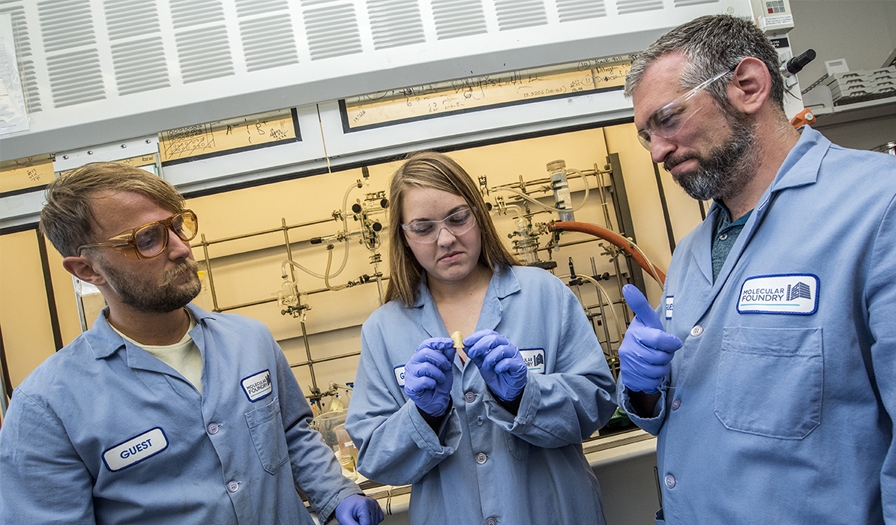
Transforming Plastics Recycling with Discovery Science
Plastic waste is a major environmental issue. New research into plastics’ fundamental chemistry may help industry transform waste into useful products and make cyclical plastics that can be recycled over and over again.

Ryan Hayward: Then and Now / 2011 Early Career Award Winner
Ryan Hayward studies the performance of certain organic polymers and molecules that conduct electricity by precisely packing them into well-formed crystalline structures. Discoveries are leading to simpler, less expensive, and cleaner processes, as in electronic devices.
Exploring Blended Materials Along Compositional Gradients
A new platform could accelerate the development of blended materials with desired properties.

FSU researchers help develop sustainable polymers
Researchers at the FAMU-FSU College of Engineering have made new discoveries on the effects of temperature on sustainable polymers. Their findings may help the industry to produce plastics that are better for the environment.
Researchers Discover New Photoactivation Mechanism for Polymer Production
Researchers have demonstrated a way to use low-energy, visible light to produce polymer gel objects from pure monomer solutions. The work sheds further light on the ways in which low energy photons can combine to produce high energy excited states.
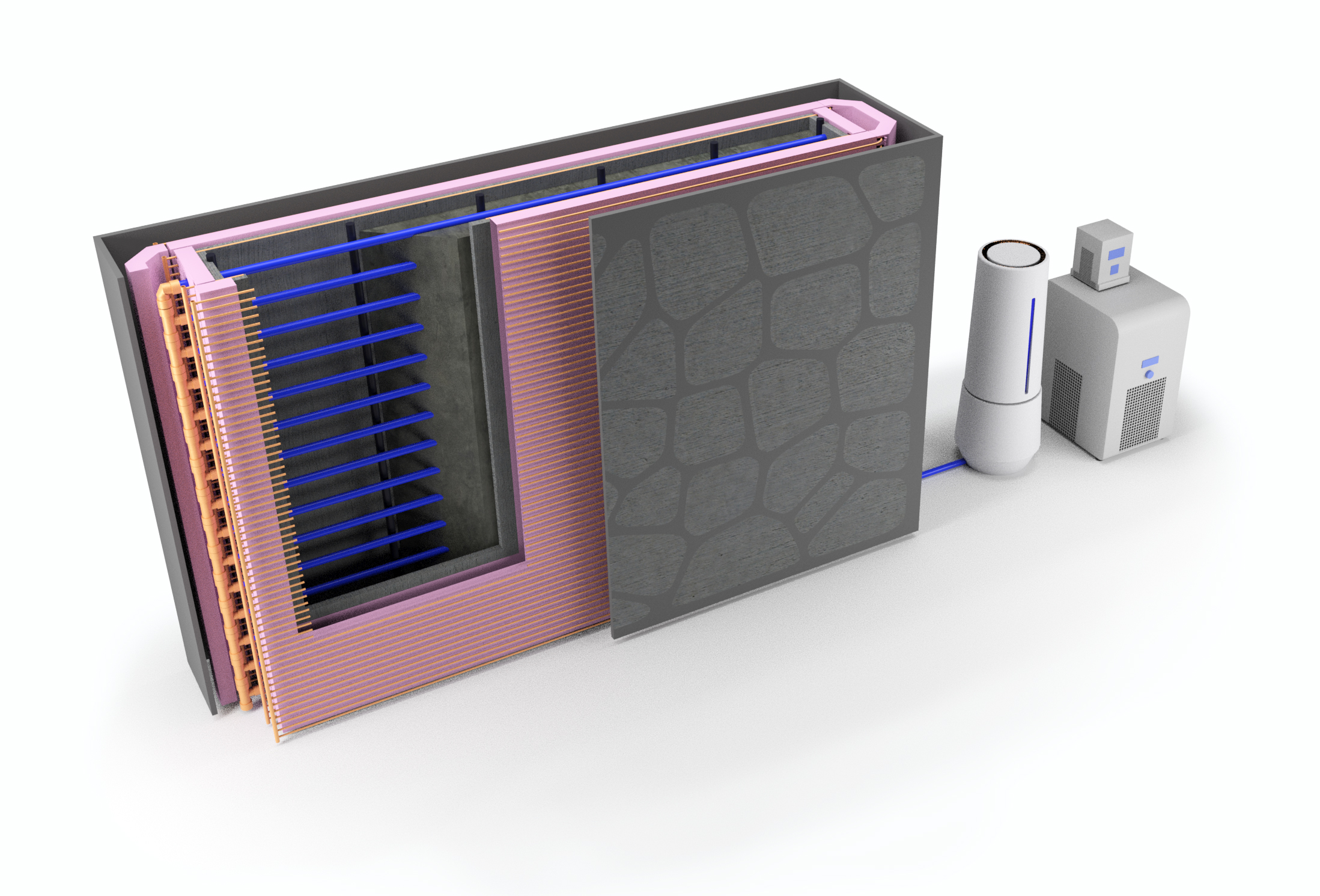
Story Tips: Cool smart walls, magnetism twist, fuel cost savings and polymers’ impact
ORNL Story Tips: Cool smart walls, magnetism twist, fuel cost savings and polymers’ impact

Elongated Ring Polymers Get Tied Up in Knots
Scientists have used simulations to discover a special polymer liquid that, when elongated don’t just stretch out; they also tie themselves into knots. This forms massive molecular chains that can increase the fluid’s viscosity, or resistance to flow, by a factor of 20.
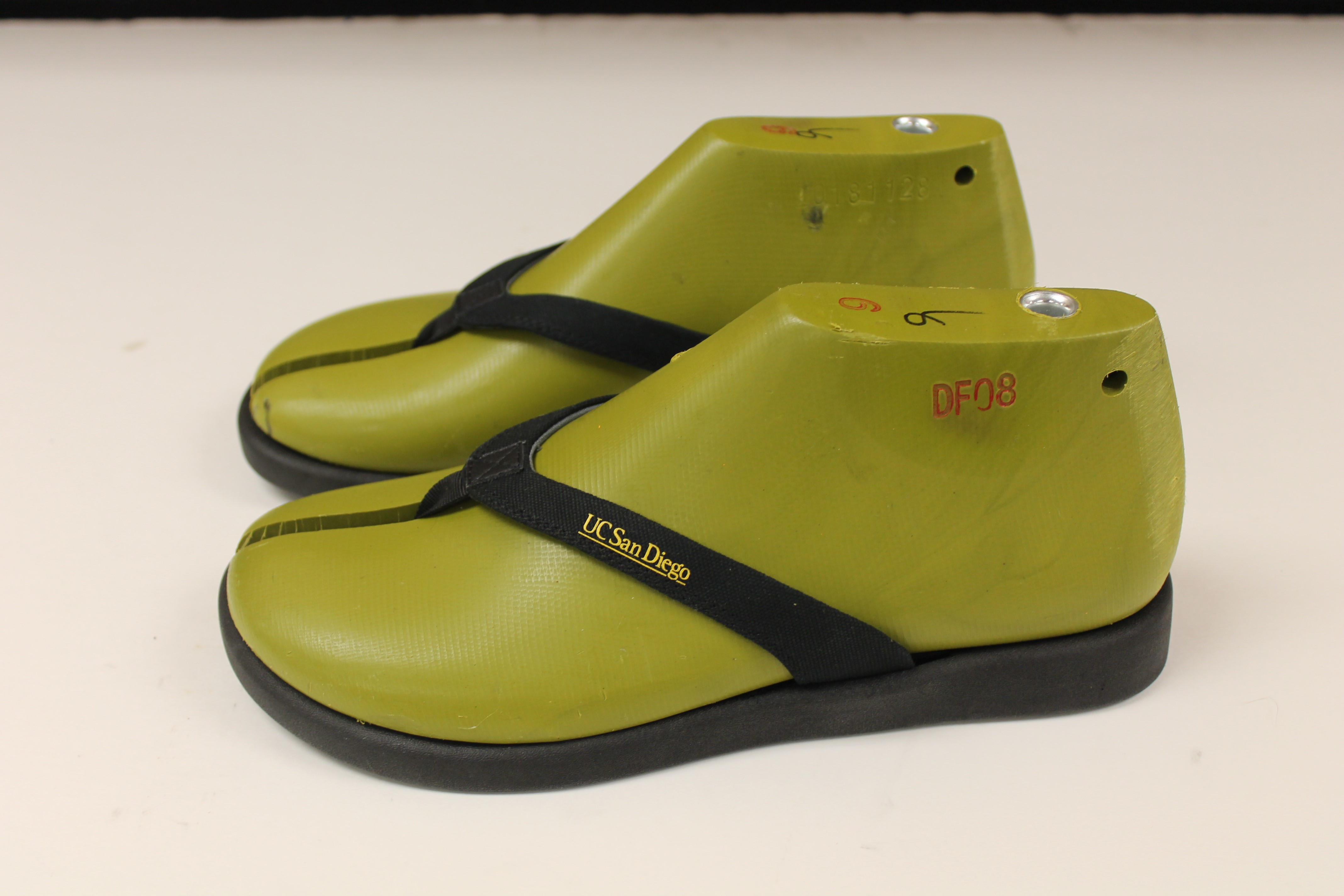
New Science Behind Algae-based Flip-flops
UC San Diego researchers formulated polyurethane foams, made from algae oil, to meet commercial specifications for midsole shoes and the foot-bed of flip-flops. Their latest result, in a series of recent research publications, offers a complete solution to the plastics problem—at least for polyurethanes.

Battery Breakthrough Gives Boost to Electric Flight and Long-Range Electric Cars
Researchers at Berkeley Lab, in collaboration with Carnegie Mellon University, have developed a new battery material that could enable long-range electric vehicles that can drive for hundreds of miles on a single charge, and electric planes called eVTOLs for fast, environmentally friendly commutes.
Self-healing Artificial Electronic Skin Monitors Various Physical and Chemical Variables
A doctoral student at the Technion – Israel Institute of Technology has invented a soft polymer that is elastic and waterproof, and that knows how to heal itself in the event of an “injury,” such as a scratch, cut, or twist.
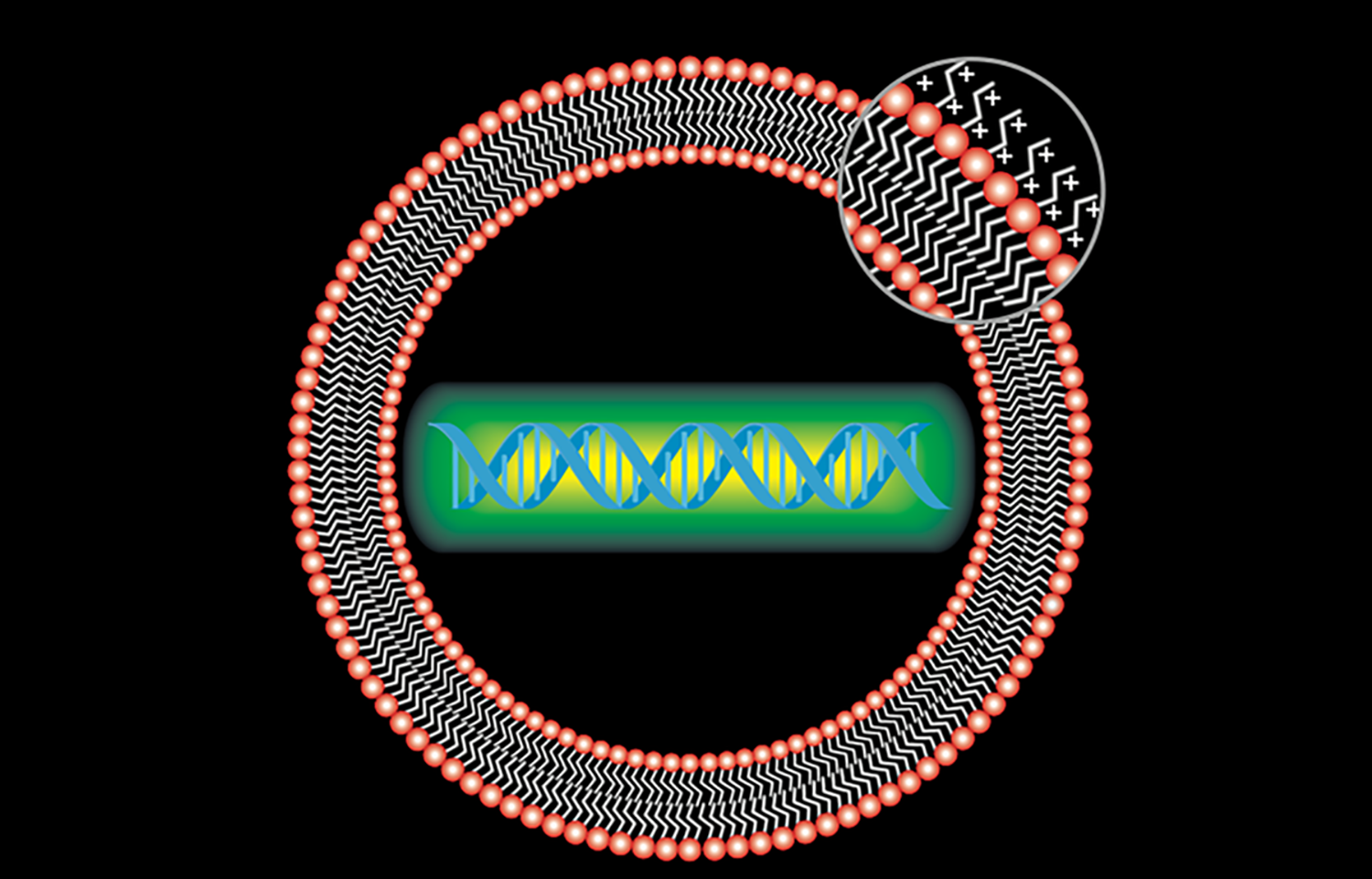
Scientists Aim Gene-Targeting Breakthrough Against COVID-19
Scientists at Berkeley Lab and Stanford have joined forces to aim a gene-targeting, antiviral agent called PAC-MAN against COVID-19.

Story Tips: Mining for COVID, rules to grow by and the 3D connection
ORNL story Tips: Mining for COVID, rules to grow by and the 3D connection
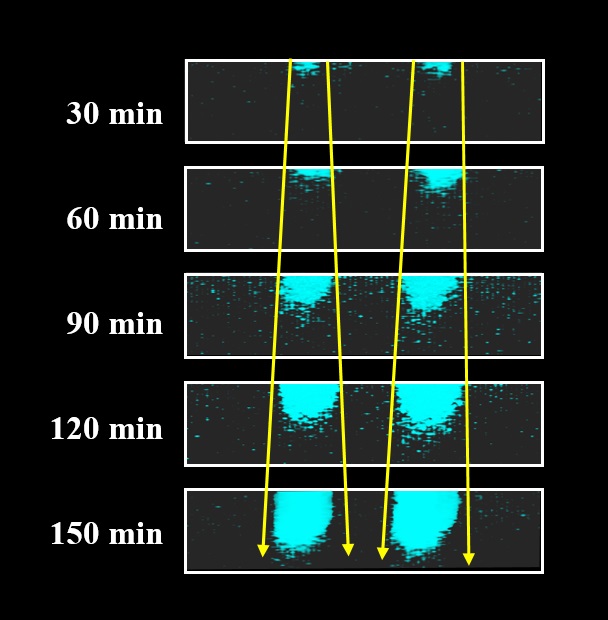
Fluorescent technique brings aging polymers to light
Researchers reporting in ACS Central Science have developed a method to visualize variations in polymers that arise with age.
New recycling method could make polyurethane sustainable
Researchers report in ACS Central Science a way to recycle used polyurethanes into equivalent or even higher-value items.

Polymer membranes could benefit from taking a dip
A new technique developed by a team including researchers from the U.S. Department of Energy (DOE)’s Argonne National Laboratory makes atomic layer deposition possible on nearly any membrane.
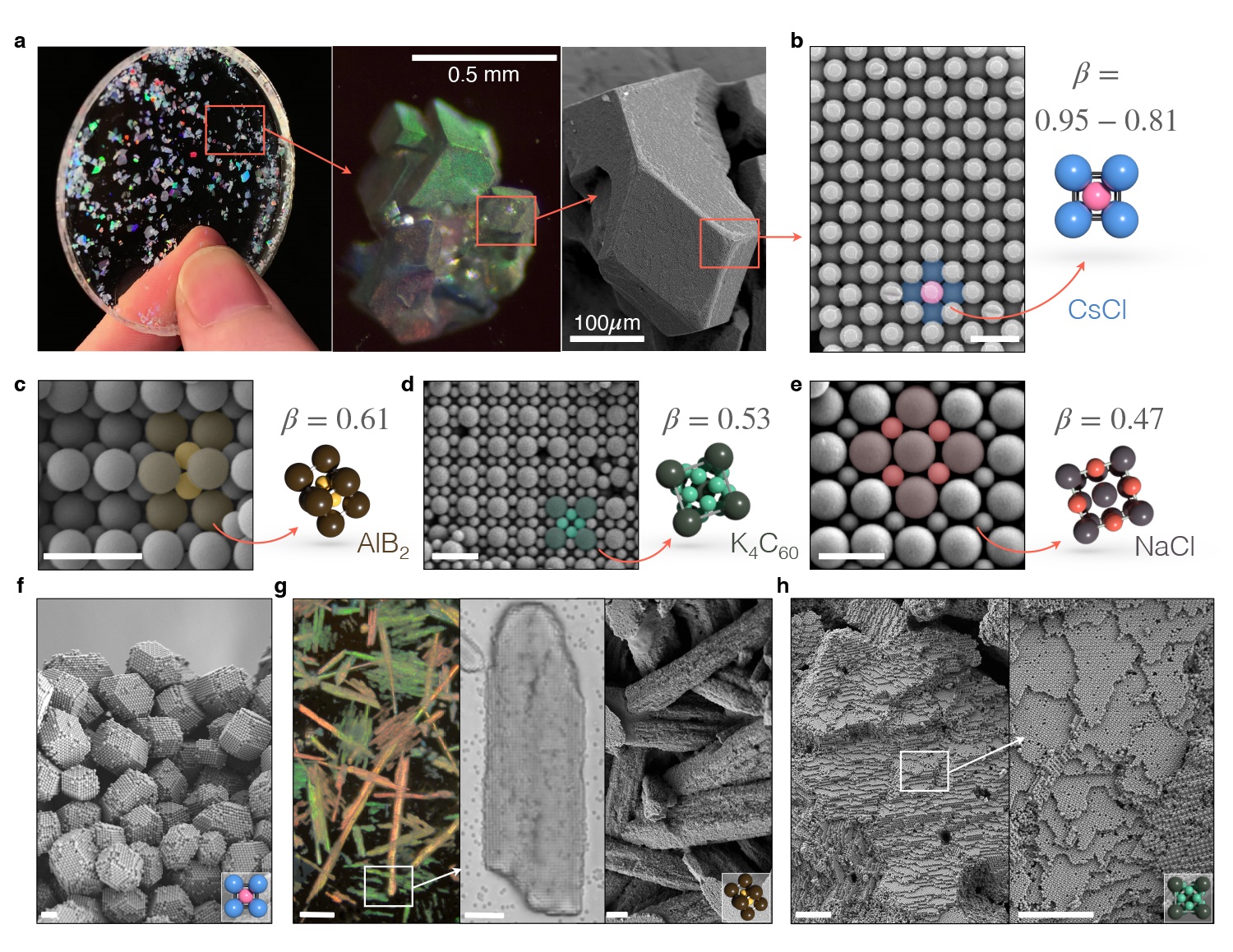
Researchers Make Gemstones with Salty, Soapy Water for the First Time
Collaborators from the University of California San Diego and New York University (NYU) used salt, soap and water to make “bling” with a proposed novel experiment by UC San Diego’s Jérémie Palacci to form ionic colloidal crystals from common colloids.
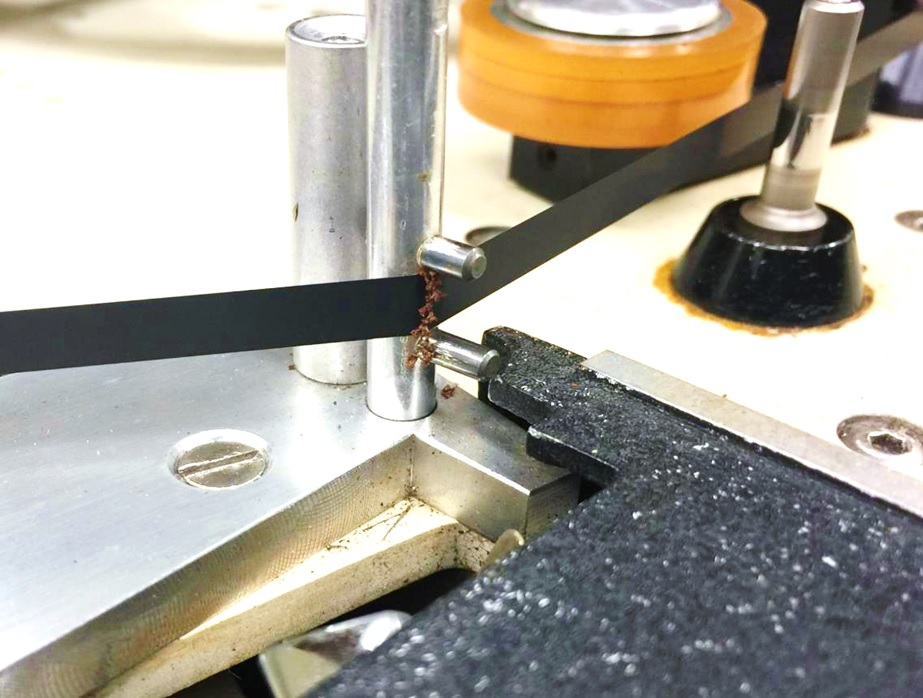
Unwinding the mystery of degraded reel-to-reel tapes
As reel-to-reel tapes make a comeback among audio buffs, scientists are unraveling the secret of why some decades-old tapes are unplayable, while others retain their original superb audio fidelity. The researchers are presenting their results through ACS SciMeetings online platform.
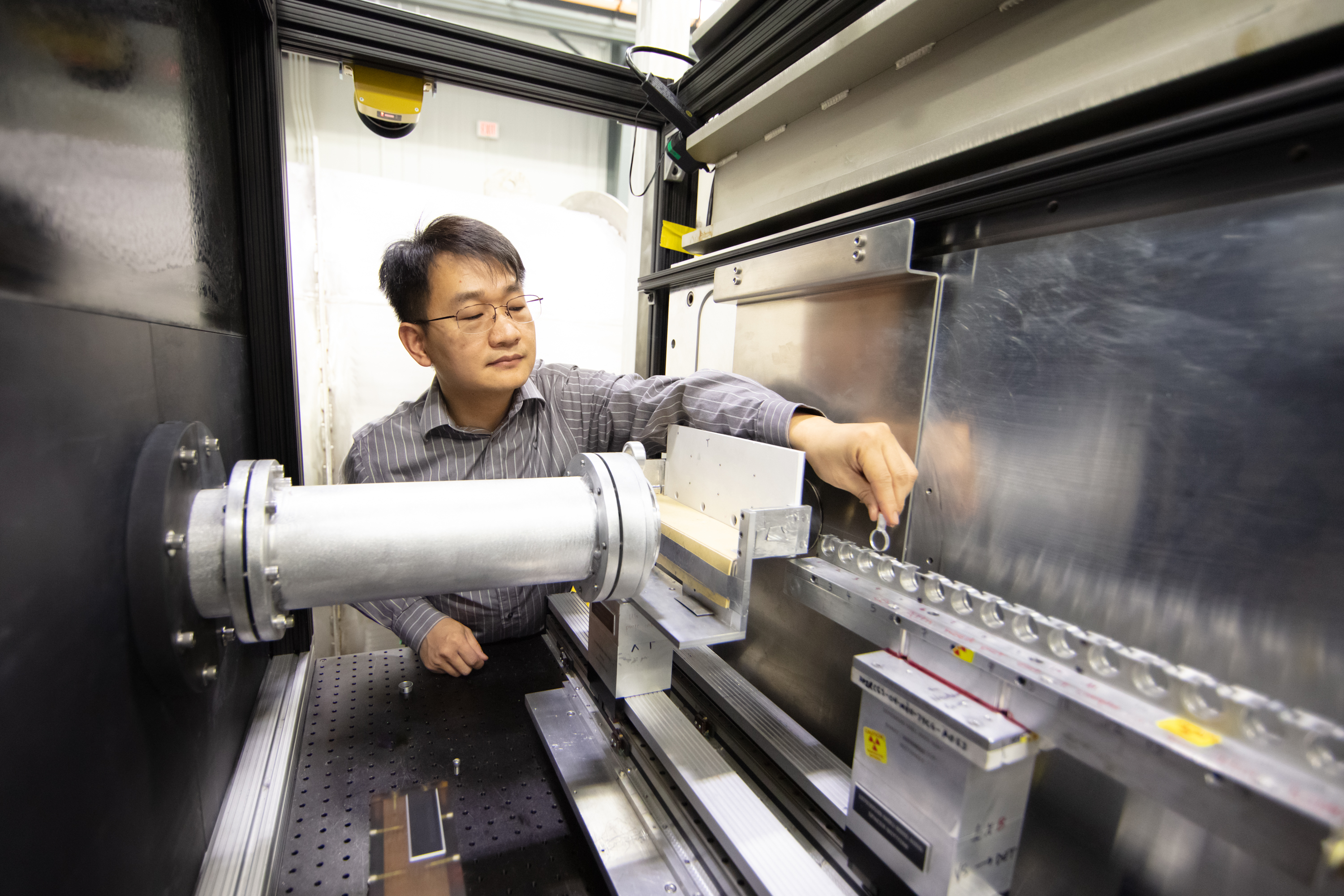
Self-assembly required: Neutrons probe novel polymer behavior for biomedical materials
LSU researchers are using neutron scattering at ORNL to study crystallization-driven self-assembly, a technique for forming nanoscale solid materials from solutions to understand how the technique could be used to craft controlled-shape nanostructures from polymers known as polypeptoids.
Polymers get caught up in love-hate chemistry of oil and water
Researchers at Oak Ridge National Laboratory and the University of Tennessee achieved a rare look at the inner workings of polymer self-assembly at an oil-water interface to advance materials for neuromorphic computing and bio-inspired technologies.
Dancing Matter: New form of movement of cyclic macromolecules discovered
Physicists show unique polymer behavior using computer simulationsEmploying a computer simulation, physicists Maximilian Liebetreu and Christos Likos have shown a unique dynamic behavior of cyclic polymers. Their motion can be distinguished into phases, and the scientists were able to observe the so-called “inflation phase” for the first time.